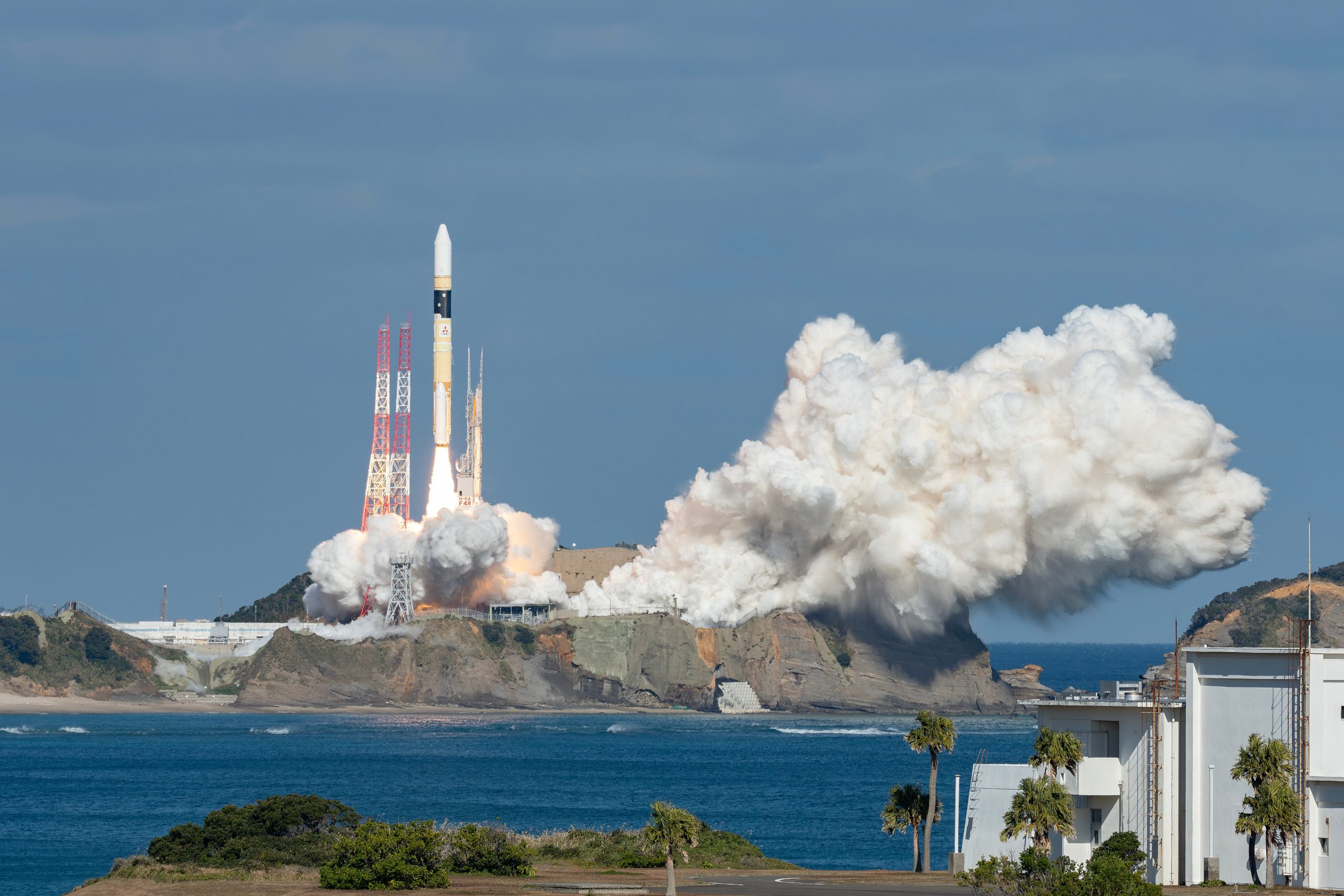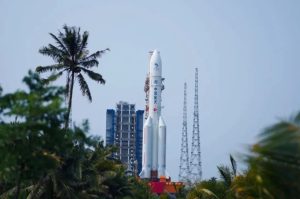Japan Launches Spy Satellite
16th Jan 2024
Japan’s first launch for 2024 saw the successful orbital insertion of their Optical No. 8 Information Gathering Satellite (IGS). The satellite was delivered onboard Mitsubishi Heavy Industry’s (MHI) H-IIA rocket, which marked the rocket’s 48th launch overall.
MHI said on X: “The launch of H-IIA Rocket No. 48 was carried out today. We confirmed that the rocket flew as planned and successfully separated information-gathering satellite Optical No. 8.” MHI also noted: “We would like to express our deep gratitude to all parties involved for their cooperation in the launch of H-IIA.”
During its time in orbit, the IGS will offer the nation augmented reconnaissance abilities and natural disaster assistance. According to the Independent, those abilities will be mostly directed towards monitoring North Korea and its weaponry developments.
Japan’s First 2024 Launch: Optical-8 Information Gathering Satellite
Labelled Optical-8, this reconnaissance satellite will join Japan’s four other spy satellites – as reported by the Independent. The launch was originally designated for 9th January, however, MHI said that exacerbating weather conditions meant the event had to be postponed.
Three days later, adverse weather conditions cleared, and H-IIA made its 48th run, marking a 97.92% success rate – according to Reuters. Very little is known about the spy satellite and only MHI has released information that Optical-8 has successfully reached orbit.
HIA said the launch will be “conducted by the Cabinet Satellite Information Center” (CSIC), which is responsible for the nation’s array of IGS spacecraft. Equally, they compile the imagery captured and complete further analysis of the findings for “national security and crisis management purposes”. CSIC will play an active role in monitoring Japan’s security interests – namely, North Korea.
North Korean Attempts
Previously, North Korea failed twice in their mission to possess an operational orbital spy satellite. However, late last year, North Korea purportedly claimed they successfully launched an IGS, after notifying Japan.
Tensions between Japan and North Korea have been escalating and the West is unable to verify whether the satellite made it to orbit. Therefore, North Korea’s ongoing activities continue to pique interest from the West, and Japan will use Optical-8 to keep a watchful eye.
Could This Be H-IIA’s Last Flight?
Japan’s space agency, JAXA, is in the midst of finalising H-IIA’s successor: the H3 rocket. H3 is set to provide “flexibility, high reliability, and great cost performance” in what JAXA said: “ is Japan’s new mainstay launch vehicle”.
However, the rocket’s maiden launch in March 2023 was met with catastrophe. After launching, H3 experienced a second-stage ignition failure, forcing the flight’s termination. JAXA said in a statement: “A destruct command has been transmitted to H3… because there was no possibility of achieving the mission.”
In recent reports, however, JAXA outlined that H3 has finally cleared repairs and laid-out the rocket’s upcoming test flight schedule. Initially, the rocket will complete a demonstration on 15th February. Subsequent launches are yet to be announced. But, JAXA said the reserved flight window is between 16th February to 31st March to accommodate unforeseeable delays.
The Japanese space agency said they will take advantage of the demonstration by launching two payloads: “CE-SAT-IE and TIRSAT.” Should all go well, H3 will soon overtake H-IIA as Japan’s main rocket for autonomous access to space.







Thank you for your comment! It will be visible on the site after moderation.